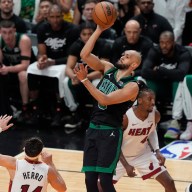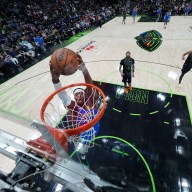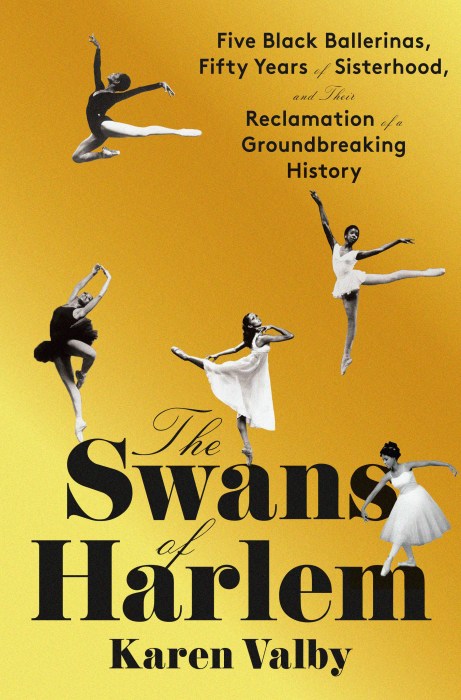Backyard bird watching is a fairly simple exercise. Provide enough food, water and cover, and birds will come flocking. Playing favourites, though, calls for using the right kinds of incentives.
Hummingbirds, for example, will linger longer if you offer nesting material to help cushion their pea-size eggs.
“Goldfinches and titmice go for it, too. Lots of birds,” said Mel Toellner, whose company, Songbird Essentials in Mexico, Mo., makes a fluff-stuffed enclosure called the “Hummer Helper.” Instead of hunting for filler — primarily spider webs or moss — hummingbirds can pick up what they need from this device.
“It’s the nesting equivalent of stopping at a McDonald’s,” Toellner said. “Hummingbirds will return to the same place year after year when they find a situation they like. These units help build high-density populations.”
Hummingbirds fledge as many as three broods per season, so Toellner suggests placing nest-building kits near feeders. The containers are priced at around $12 US; refills of the natural, oil-rich cotton cost about $6.
Another way to attract hummingbirds is to signal that food is available.
“Hummingbirds react favourably to the colour red, so wrap some bright red ribbons around trees or poles where scouts can see them” during the spring migration, Toellner said. “The birds will come down to investigate.”
Hummingbirds survive chiefly on a liquid diet, preferably high-energy syrup from flowers or feeders. Nectars can be colour free, but the foraging is made easier if feeders are red.
Mourning doves, cardinals, blue jays, towhees and juncos are among the many bird species that prefer feeding from the ground or from platform feeders.
“Spread a little cracked corn or millet on the ground,” said Elaine Cole, president of Cole’s Wild Bird Products Co. in Kennesaw, Ga. “I emphasize just a little, however, because it could get wet and become a source of mould or contamination. Platform feeders with screens on them are a better alternative than simply throwing feed on the ground. It often spoils before the birds can eat it.”
Some other wild bird magnets:
Moving water
This can range from the sound of a small waterfall, refreshing spray from a mister or the sight of ripples across a pond. Electric- or solar-powered pumps can also keep water fixtures free of scum and mosquitoes. The water should be changed regularly or at least every other day during hot weather. Immersion heaters keep birdbaths clear of ice in winter.
Fruit, jams and jellies
“My No. 1 selling feeder is a jelly feeder,” Toellner said. “Jelly will bring up orioles, mockingbirds and catbirds to feed.” The plastic apparatus fits on top of jelly jars and provides a place to perch.
Protein-rich worms
Look to bait shops for a steady supply of live meal worms or wax worms.
A few fruit-filled pie pans tossed onto the ground will collect insects. “Use fleshy fruits like peaches, guavas and bananas for this,” Toellner said.
“The fruit flies will come for the fruit and the birds will come for the small insects.”
Super-size it
Elongated suet feeders provide support for woodpeckers, which tend to use their strong tails for balance as they eat. These feeders generally hold two suet cakes, one basket on each side of a board.
Where and how you feed wild birds can be just as important as what you feed them, especially if you’re trying to attract just a few favoured species.
Encourage small birds, for instance, by putting up specialty feeders that restrict access.
“Wood feeders with vertical bars and feeders covered with wire mesh frustrate the larger birds,” a U.S. Fish and Wildlife Service fact sheet says. “Tube feeders without trays also restrict access to small birds. Remove the perches and you’ve further selected only those birds capable of clinging — finches, chickadees, titmice and woodpeckers. Add vertical perches to tube thistle (nyjer) feeders and you’ll limit accessibility primarily to the goldfinches.”
















